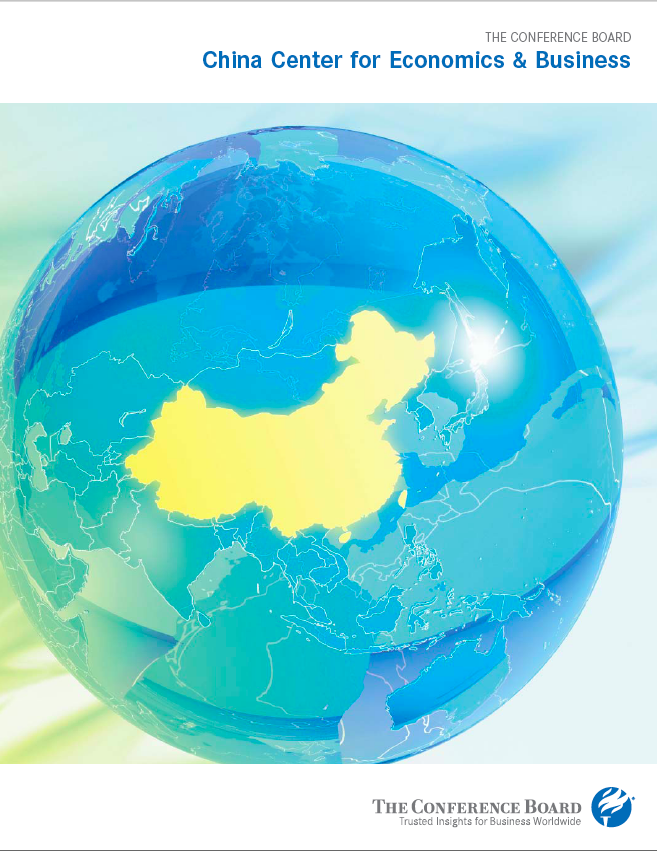China Center Chart of the Week, Special Philanthropy Series, part 4 of 4: How much do companies in China spend on philanthropy?

- Authors:
-
Publication Date:
October 30, 2012
Leading up to the release of a new beachhead report by the China Center on Corporate Philanthropy in China (to be published in November) we are releasing a special series of Charts of the Week on the topic. This is part four of four. This members-only chart shows that Chinese companies’ median annual spending on philanthropy is significantly below that of U.S. companies. Based on data extracted from Bloomberg, the chart demonstrates that median charitable spending in 2011 was USD 13 million for publicly listed U.S. companies, but only USD 300,000 for Chinese companies (this analysis is based on a selection of 3,000 U.S. and non U.S. companies for which Bloomberg tracks ESG data). Similarly, for Chinese companies listed on stock exchanges in Shanghai or Shenzhen, and for which such data is publicly available, median charitable spending was USD 250,000 million per year. For MNCs operating in China, spending money on citizenship activities in a meaningful way – externally, internally, and strategically – remains a major challenge. Foreign donors are often baffled by the complexity and opacity of China’s nonprofit sector. The structure and regulatory environment governing the sector is also vastly different from the West, making it more difficult for foreign companies to navigate and gain comfort. Consequently, many MNCs run philanthropy programs that don’t effectively support strategic objectives or exploit the full benefits of myriad, emergent, local civil society resources. Renewed diligence and strategic assessment is required. Please see the full chart and associated text for a deeper dive on this issue and many more details and data points.









 (3)_20250812_142455.png)





